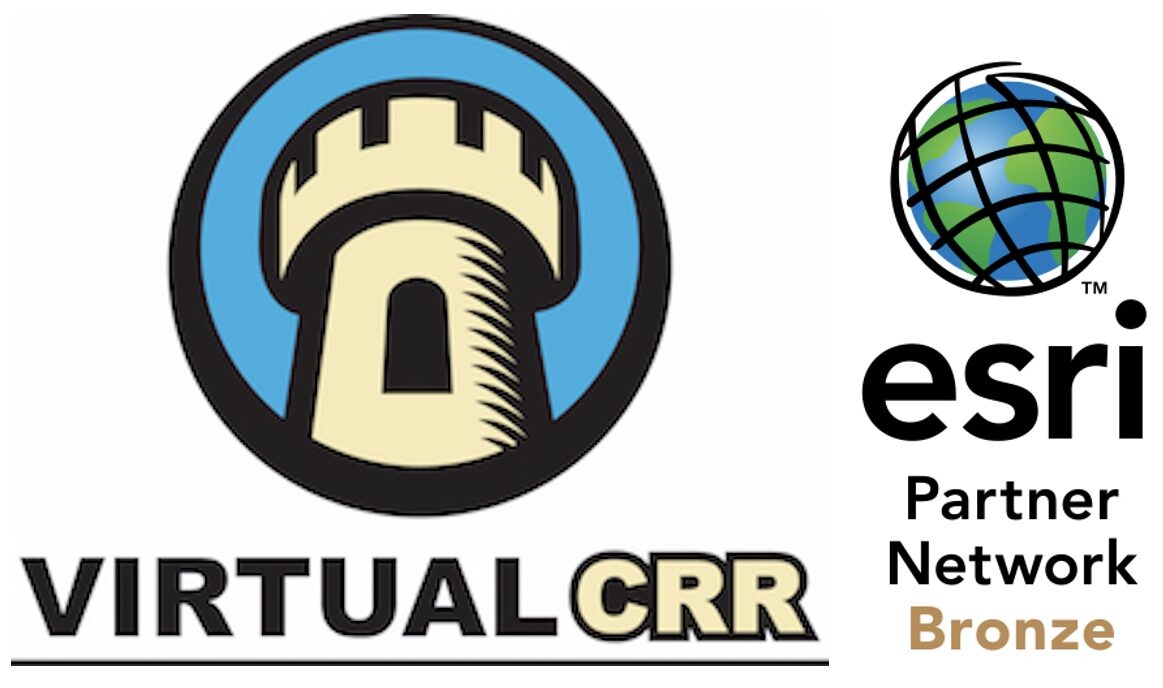Are We Hiring, Preparing, and Promoting the Right People for the Future Fire Service?
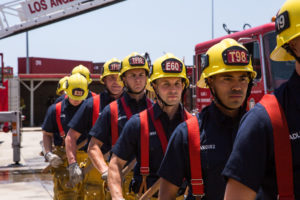
No one has a crystal ball, but we should be looking as far as possible into the future. The Fire Service, like many other professions, has a rich history that should be celebrated. Like every other profession, we also need to make sure we aren’t so mired in our history that we set ourselves up for failure in the future fire service. The majority of our calls today are medical aids. The firefighter of 100 years ago, may not have been the perfect fit for today’s reality. Are the firefighters of today the perfect fit for tomorrows reality?
What Will the Future Fire Service Look Like?
We all accept that technology has improved by leaps and bounds over the last few decades. Some of us have worked in this profession without cell phones, MDC’s, thermal imaging cameras, map routing, live video streaming, etc. Those are all major changes over a relatively short amount of time. Many of us have had a hard time with these changes. How many of us “old guys” would prefer pen and paper for the medical forms over the digital versions we are required to use now? We can only imagine that this will continue at an ever-increasing rate with more sophisticated technology.
What We Fear Most About Technology

Let’s first look at what many of us fear the most about technology, drone and android firefighters. Can we really scoff at the idea of drone or android firefighters as many of us do? Looking at a similar profession, the military has embraced these technologies. How long until it trickles down to us? 5, 10, 20 years? Many, if not most, working today will see these technologies in one form or another in the fire service. Why would we think it won’t occur, everything else has? How long until the risk of injury and death to our firefighters outweighs our machismo?
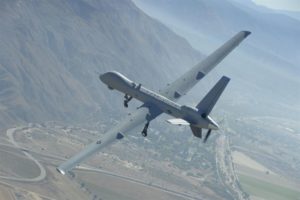
I don’t know that we will ever be able to have a drone or android completely take the place of our firefighters. It also isn’t realistic to think that they won’t be doing a large portion of the work we currently perform. The military still uses its special forces in conjunction with its new technologies. These technologies perform many of the more “high risk” operations when the means don’t justify the need to put a human in harm’s way. Drone planes, helicopters, and dozers can fight wildland fires just as they can drop bombs for the military. The same technology can fight structure fires without ever putting one of us in harm’s way unless it is vitally necessary.
Risk Managers
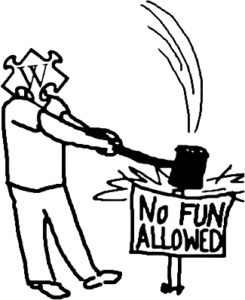
Every one of us should feel as though we are a “Risk Manager.” Unfortunately, this term is often seen in a negative light because they are the “Fun Killers.” If there is a way to make things safer for our firefighters, we should be doing it. If there is a way to make things safer to our community through Community Risk Reduction (CRR), we should be doing it. Short-sighted individuals look at this as fewer fires or other emergencies means less fun. “This is what we train for, why shouldn’t we get excited about it?” The popular saying, “It’s all fun and games until someone loses an eye” comes to mind. In reality, a more appropriate saying for the fire service may be, “It’s all fun and games until we are dusting off the pipes and drums and arranging the funeral services.” “Sorry, not sorry,” for being so blunt.
How will Community Risk Reduction Affect the Future Fire Service?
Community Risk Reduction has become much more than a passing fad. What Paramedicine did for the Fire Service in the ’70s, Hazmat in the ’80s, and USAR in the ’90s and ’00s, CRR is the next big step. We are moving from “Heroes” to “Guardians” of our community as Mike Carsten, Deputy Chief of Operations for Tucson, AZ Fire teaches. Guardians do much more than just “Battle the Beast.” We try to keep the “Beast” from coming in the first place. Remember the 5 E’s of CRR; Education, Enforcement, Engineering, Economic Incentives, and yes, even Emergency Response. These areas will reduce the risk to our community, thus changing the future of the fire service. The building, plumbing, fire, and electrical codes, fire sprinklers, and a more informed citizenry with different expectations will all change the landscape from where it currently is.
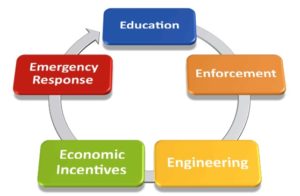
The future fire service will be much more about systems and education rather than response. Will we ever get to the point where we won’t respond to emergencies and fires? Nope, I don’t see that ever happening. The emphasis will definitely shift though. With that emphasis shift, the roles and responsibilities of the fire service will change. We will have far more contact with the public than we have in the past. Continuing education programs, as well as safety assessments and risk reduction programs, will become the priority.
Who Have We Hired and Promoted in the Past?
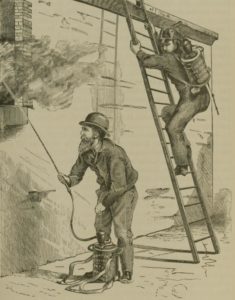
Firefighting is inherently dangerous and hard work. It requires physical strength and stamina second to no other profession. The mental fortitude and resilience necessary to perform our functions are astounding. This is not something that just anyone can, should, or often, more importantly, wants to do. It takes a certain type of person to purposefully, willingly, and excitedly put themselves in harm’s way. The vast majority of us are Type A, strong-willed, adventure-seeking, confident, athletic, adrenaline junky, know it all’s. Is that a little too harsh? Honestly, I don’t think many of us would disagree with that description. We even take pride in that description. These traits have served us well for a very long time. An individual without these traits would have a very difficult time engaging in the type of work we currently do.
The problem is, our work is changing. Are these same character traits good for where the fire service is headed? Most of us are very good at responding at a moment’s notice, jumping into action, saving the day, and then leaving. Excited for the next one. We get our “15 minutes of fame” repeatedly over our shifts and careers. How many of us excel at and enjoy long term projects, interacting with the public, planning, educating, budgeting, forecasting, public speaking, and not having frequent adrenaline rushes? This actually sounds more like a Chief’s job, but this is the future of the fire service. For those of us who came up in the past excitement of the fire service, this may not be as appealing.
“Just Like Us”
If we are hiring, training, and promoting people, “Just Like Us,” we may be doing them and the Fire Service a disservice. Like I stated earlier, I’m not so sure that we won’t be needing the traditional traits of a firefighter, we just may not need them as often. We need to be establishing expectations for what the career will look like in 5, 10, 30 years, so those coming into our changing profession won’t be disappointed. I have often heard, and felt myself, “This is not the same job it was when I was hired.” That’s correct and it’s not going to be the same job it is today in the future.
Our hiring and promotional processes should be looking far beyond just the macho operational side of our profession. We should also be encouraging education, prevention, public speaking, organizational skills, long term projects, and critical thinking. By taking a CRR approach to our careers, Emergency Response is 1/5th of the job. Statistics say it is actually far less than that. Shouldn’t our hiring, training, and promotional processes correspond with these new realities? Do we want to set the expectations for the career of someone coming in now, only for them to change drastically over time? Their disappointment should be of concern as well as the work product a dissatisfied employee will provide. We must make sure those we are hiring, preparing, and promoting have the skill sets, vision, and personality traits needed for the future fire service. Whatever that will actually look like.
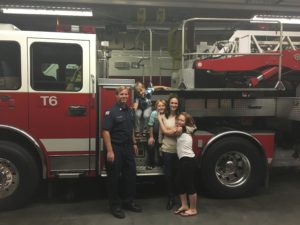 Brent Faulkner MAM, FO is the CEO of Virtual CRR Inc.. He has 22 years of experience in the fire service. During this time, he has responded to numerous emergency situations including structure fires, wildland fires, hazardous materials responses, emergency medical situations, and numerous types of rescues. In addition, he has served on a Type 1 Hazardous Materials Response Team for 16 years.
Brent Faulkner MAM, FO is the CEO of Virtual CRR Inc.. He has 22 years of experience in the fire service. During this time, he has responded to numerous emergency situations including structure fires, wildland fires, hazardous materials responses, emergency medical situations, and numerous types of rescues. In addition, he has served on a Type 1 Hazardous Materials Response Team for 16 years.
Brent had a defining moment in his career which, as a result, lead him to create Virtual CRR and his passion for Community Risk Reduction. He led a team in critical infrastructure protection at a recognized Department of Homeland Security (DHS) Terrorism Fusion Center. This team was responsible for increasing the safety of critical infrastructure as it relates to terrorism, general security, and natural disasters. He has a master’s degree in management, a bachelor’s degree in occupational studies, an associate’s degree in hazardous materials response, and another in fire science.
